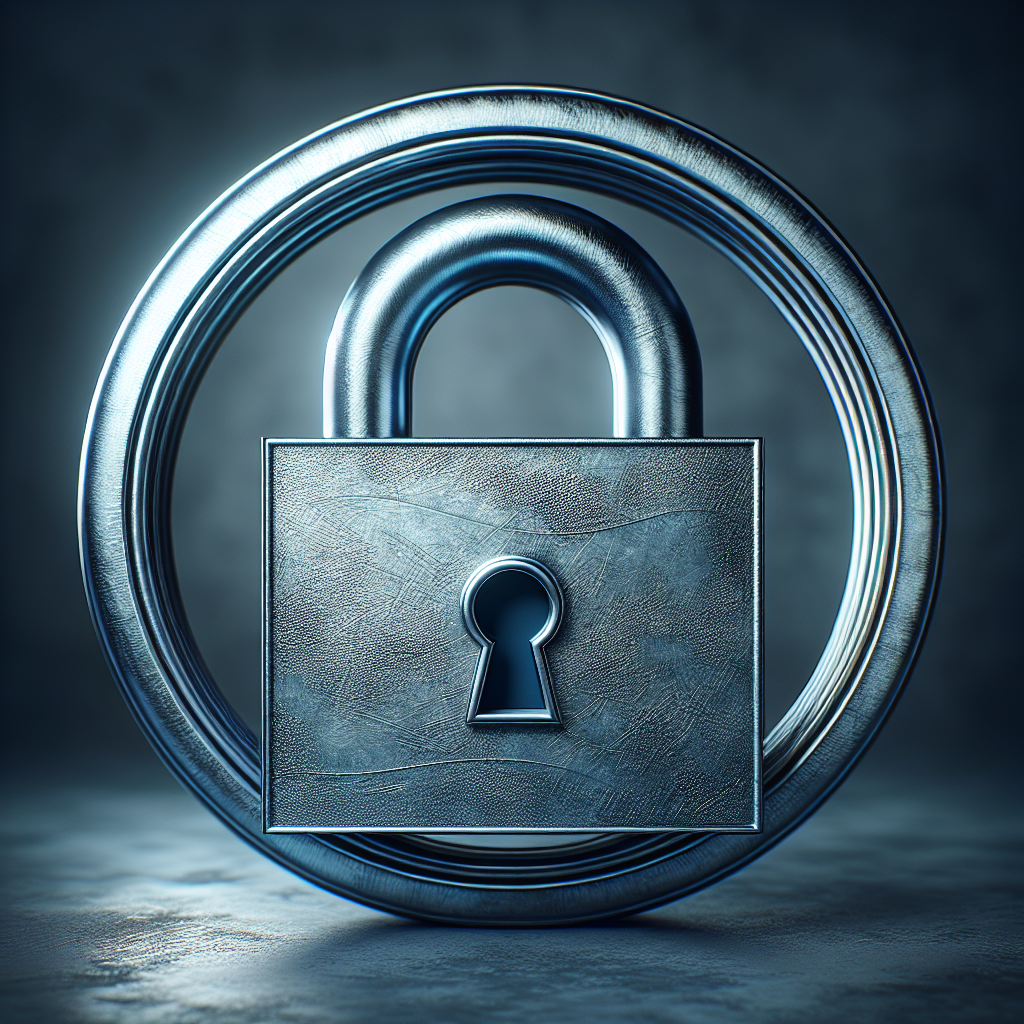Imagine having all your important files and confidential information stored on your computer without worrying about unauthorized access. That’s where Windows BitLocker comes in. This powerful feature, built into Windows operating systems, plays a vital role in data encryption and security. By encrypting your data and locking it behind a secure password, BitLocker ensures that only authorized users can access your sensitive information, providing you with peace of mind and the assurance that your data is safe and secure.
How Does Windows BitLocker Contribute To Data Encryption And Security?

What is Windows BitLocker?
Windows BitLocker is a built-in encryption feature in Windows operating systems that enhances data security by encrypting the data stored on a computer’s hard drive or other storage devices. It integrates seamlessly with the Windows operating system, providing a user-friendly interface to encrypt and protect data, keeping it safe from unauthorized access.
The Importance of Data Encryption and Security
In today’s digital era, the importance of data encryption and security cannot be overstated. With the increasing prevalence of cyber threats and data breaches, protecting sensitive information has become more critical than ever. Data encryption ensures that even if a malicious third party gains unauthorized access to a storage device or intercepts data during transmission, the information remains secure and unreadable. It adds an extra layer of protection, safeguarding confidential data from falling into the wrong hands.

Benefits of Using Windows BitLocker
Windows BitLocker offers a range of benefits for data encryption and security:
-
Effortless Integration: BitLocker is seamlessly integrated into Windows, making it easy to use for anyone familiar with the operating system. There is no need to install and configure additional third-party software.
-
Full Disk Encryption: BitLocker can encrypt the entire disk, including the operating system, system files, and user data. This ensures comprehensive protection against unauthorized access, even if the storage device is physically stolen.
-
Transparent Operation: Once BitLocker is enabled, users can continue to work as they normally would, with no impact on their daily tasks. BitLocker encrypts and decrypts data transparently, without requiring any additional steps from the user.
-
Multi-Factor Authentication Support: BitLocker supports various authentication methods, including PIN, password, smart cards, and TPM-based unlocking. This allows users to customize their security settings based on their needs and preferences.
-
Remote management capabilities: BitLocker can be easily managed and monitored centrally by IT administrators, allowing them to enforce encryption policies, track device status, and remotely recover data if necessary.
Compatible Windows Versions
Windows BitLocker is supported in various versions of the Windows operating system, including Windows 10 Pro, Enterprise, and Education editions, as well as Windows 11 Pro, Enterprise, and Education editions. It is not available in Windows Home editions, so users of those versions may need to consider alternative encryption solutions.

Understanding BitLocker Encryption
BitLocker uses advanced encryption algorithms, including the AES (Advanced Encryption Standard) algorithm, to protect data. It encrypts files, folders, and the entire disk by converting the plaintext data into ciphertext, which is unreadable without the decryption key. BitLocker encrypts the data at the sector level, ensuring maximum security and preventing unauthorized access to individual files or sectors.
Enabling and Configuring BitLocker
Enabling and configuring BitLocker is a straightforward process. To enable BitLocker, go to the Control Panel or use the search function in Windows and select “BitLocker Drive Encryption.” From there, select the drive you want to encrypt and follow the guided prompts to enable BitLocker. The process may take some time, depending on the size of the drive and the amount of data stored on it.
During the configuration process, you will be prompted to choose an unlock method, such as a password or a USB key. It is essential to select a strong password or passphrase and store it securely. Additionally, BitLocker provides options to save recovery keys or codes to regain access to encrypted data in case of forgotten passwords or lost authentication devices.
The Role of TPM (Trusted Platform Module)
Trusted Platform Module (TPM) is a hardware component integrated into many modern computers that enhances the security capabilities of BitLocker. TPM performs various functions, such as storing encryption keys securely, verifying system integrity, and preventing unauthorized modifications to the system. It ensures that the encryption process and decryption keys remain protected from tampering and unauthorized access.
By leveraging the TPM, BitLocker can provide hardware-based encryption, adding an extra layer of security to the encryption process. The TPM stores the encryption keys securely, ensuring that they are not accessible even if the storage device is physically compromised.
Using BitLocker in a Non-TPM Environment
While TPM is recommended for optimal security, BitLocker can still be used in a non-TPM environment. In such cases, BitLocker can utilize a USB startup key or require a user to enter a password manually during system startup. These alternate authentication methods provide an additional layer of security, ensuring that only authorized users can access the encrypted data.
Data Recovery and Key Management
BitLocker includes features for data recovery and key management in case of forgotten passwords or lost encryption keys. It is crucial to have a data recovery plan in place before enabling BitLocker to prevent the risk of permanently losing encrypted data.
When enabling BitLocker, users are prompted to save a recovery key or a recovery password. This is a crucial step as it ensures that if the user forgets the password or loses the encryption key, they can use the recovery key to gain access to their data. It is essential to store the recovery key or password in a safe and separate location from the encrypted device to avoid unauthorized access.
Enhancing Data Security with BitLocker
Windows BitLocker significantly enhances data security by providing robust encryption capabilities and seamless integration with the Windows operating system. By encrypting data at rest, BitLocker helps protect against unauthorized access to sensitive information, providing peace of mind for individuals and organizations.
However, it is important to note that while BitLocker strengthens security, it is not a standalone solution. It should be used in conjunction with other good security practices, such as keeping the operating system and applications up to date, using strong passwords, and implementing comprehensive security measures across the entire network infrastructure.
In conclusion, Windows BitLocker is an effective and user-friendly tool for data encryption and security. By enabling BitLocker and following best practices for key management and data recovery, users can significantly enhance the protection of their sensitive information, ensuring that it remains secure even in the face of evolving cyber threats.
